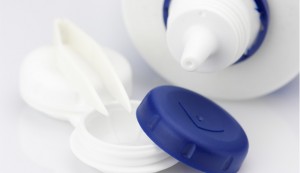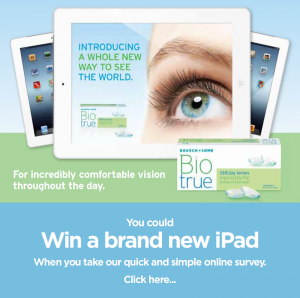As snow can reflect up to 80 per cent of light compared to normal ground surfaces, it is vital that you choose sunglasses or goggles that are specifically designed for winter sports and absorb at least 95 per cent UV rays.
Sunlight can damage the retina and lens of the eye, increasing the long-term risk of developing conditions such as cataracts and possibly AMD (Age-related Macular Degeneration).
- Ask your optometrist for advice on the best type of eye protection for you.
- Choose goggles where possible – sunlight can bounce off the snow and sunglasses may not provide sufficient all round protection, especially if visibility is low
- Wear a hat covering the rim of your glasses to protect your eyes from the rays shining directly above your head.
- Don’t forget your children – They are more vulnerable to UV because of their larger pupils and clearer crystalline lens. UV exposure is cumulative and may not show its effect for many years.
- People who wear glasses can wear sunglasses too – sunglasses can be made up to any prescription: distance, reading, bifocals or varifocal




 The consumption of omega fatty acides has received lots of attention and research due to their potential for numerous health benefits. These essential fatty acids, called omega 3’s and omega-6’s, are necessary for your body to function correctly and must be obtained through diet as your body cannot produce them. Omega-3’s can be obtained primarily from fatty fish, such as salmon, anchovies, tuna, and sardines. Plant-based sources include flaxseeds, soybeans, pumpkin seeds, walnuts, and tofu. Omega 6’s come mostly from plant-based oils, for example, those made from corn, soybeans, and sunflowers. Most Americans obtain enough omega-6 fatty acids with a normal diet but may fall short on omega-3 consumption. It is best to obtain these nutrients by incorporating foods rich in essential fatty acids but supplements may be used effectively as well.
The consumption of omega fatty acides has received lots of attention and research due to their potential for numerous health benefits. These essential fatty acids, called omega 3’s and omega-6’s, are necessary for your body to function correctly and must be obtained through diet as your body cannot produce them. Omega-3’s can be obtained primarily from fatty fish, such as salmon, anchovies, tuna, and sardines. Plant-based sources include flaxseeds, soybeans, pumpkin seeds, walnuts, and tofu. Omega 6’s come mostly from plant-based oils, for example, those made from corn, soybeans, and sunflowers. Most Americans obtain enough omega-6 fatty acids with a normal diet but may fall short on omega-3 consumption. It is best to obtain these nutrients by incorporating foods rich in essential fatty acids but supplements may be used effectively as well.



 New telescopic contact lens technology may help those with age-related macular degeneration (AMD), the leading cause of blindness among older people.
New telescopic contact lens technology may help those with age-related macular degeneration (AMD), the leading cause of blindness among older people.